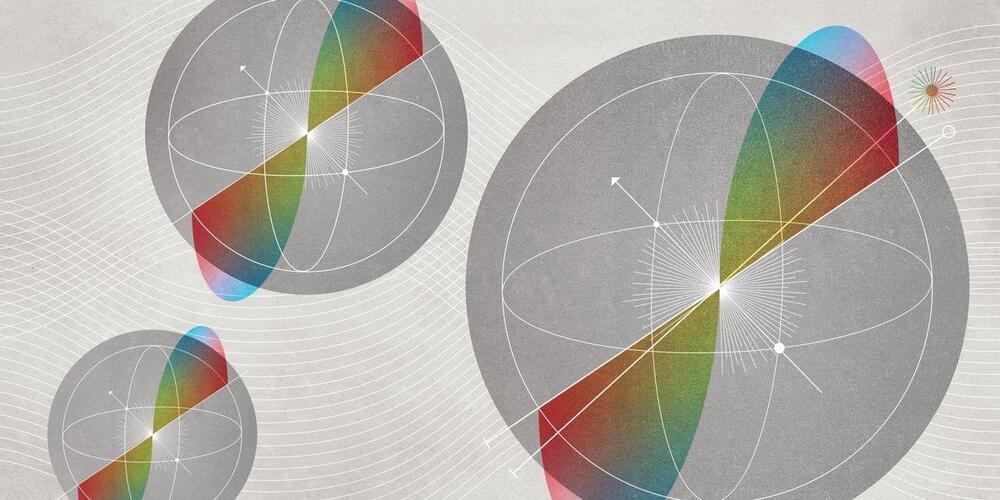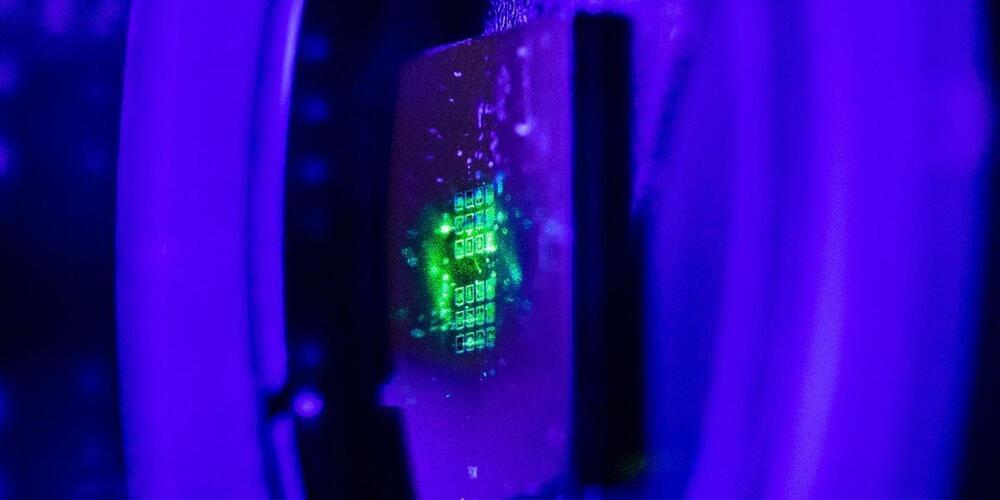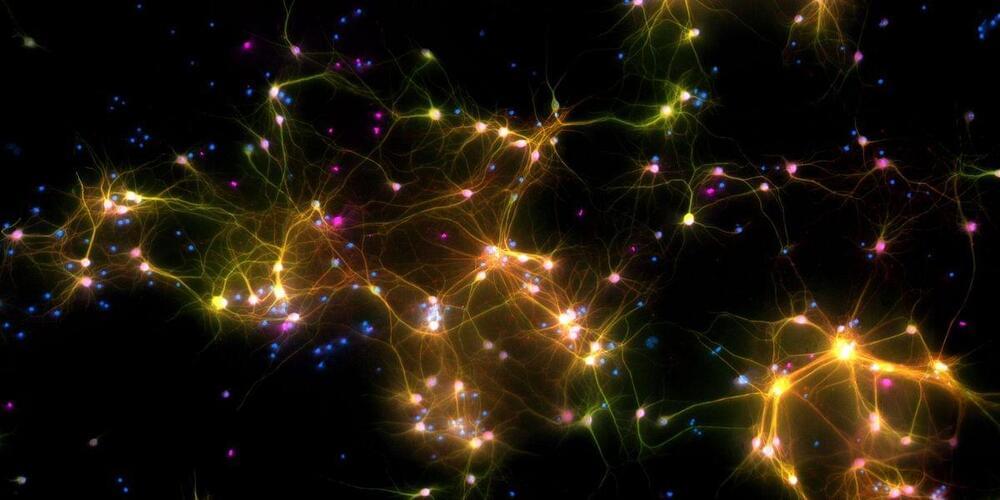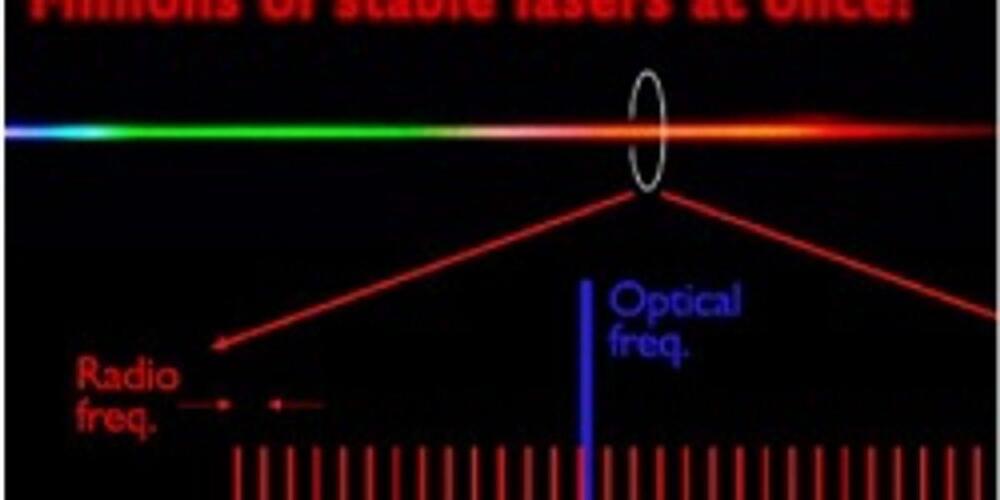Everyone knows that the universe began about 14 billion years ago after the Big Bang happened. It turns out, ‘everyone’ might be wrong.
Google’s cybersecurity arm says activity shows a new interest in sowing discord in American politics, though the impact has been minimal.
ChopValue, a Canadian company, repurposes millions of chopsticks every year as shelves, furniture and countertops.
Danish maritime architecture studio MAST has developed Land on Water, a system for constructing floating buildings that aims to be more flexible and sustainable than traditional methods.
The system designed by Copenhagen-based MAST consists of modular containers that can be filled with various floatation elements, similar to how gabion cages are used in the construction industry.
Made from recycled reinforced plastic, these flat-pack modules could be easily transported around the world and assembled in different configurations to suit a range of building types.
A multinational team headed by University College London scientists has discovered a new mechanism that slows down and maybe even prevents the normal aging of immune cells, one of the nine “hallmarks of aging.”
The discovery in-vitro (cells) and validated in mice was “unexpected,” according to the researchers, who believe harnessing the mechanism might extend the life of the immune system, enabling people to live healthier and longer lives, and would also have therapeutic use for diseases such as cancer and dementia. Their findings were recently published in the journal Nature Cell Biology.
Explaining the study, lead author, Dr. Alessio Lanna, Honorary Professor at UCL Division of Medicine, said: Immune cells are on constant high-alert, always ready to fight pathogens. To be effective they also must persist for decades in the body – but the strategies employed to execute this life-long protection are largely unknown.
The equipment that generates quantum entanglement is bulky and produces entangled photons just a pair at a time. Now scientists have created a device roughly one-third as thick as a penny that can yield complex webs of entangled photons—not just in pairs, but several pairs all linked together.
Pong in a Dish
Posted in biological, internet, robotics/AI
Ever hear of the Turk —the 19th-century mechanism topped by a turbaned head that played chess against all comers? In fact, hidden inside was a diminutive chessmaster, one you might imagine deadpanning, “Eh, It’s a living.”
Then there’s its namesake, the Mechanical Turk —a 21st-century service offered by Amazon to mark up images on the Web with the help of crowdsourced freelancers. They, too, might intone, glassy-eyed, “It’s a living.”
Now we have a kind of Biological Turk. A mass of neurons act as a computer that mimics a human being playing the classic computer game Pong. The neurons, some taken from mouse embryos, others grown from human precursor cells, spread out into a one-layer, 800,000-cell mesh called a biological neural network, which lives in a giant petri dish called the DishBrain. There it interfaces with arrays of electrodes that form an interface to silicon hardware. Software mounted on that hardware provides stimulation and feedback, and the minibrain learns how to control a paddle on a simulated ping-pong table.
“It’s like being able to see the mountain all at once—the whole landscape and the individual trees.” That’s how researcher Jun Ye describes direct frequency-comb absorption spectroscopy. Ye and his JILA/National Institute of Standards and Technology colleagues in Boulder, CO, used optical frequency combs to analyze complex gas mixtures for a forthcoming IEEE Transactions on Plasma Science paper on a novel cold-plasma sterilization method.
The system bathes surfaces—agar plates, plastic ID badges (a “major vector for pathogen transmission…currently not subject to any disinfection/sterilization procedures…”), biofilms, and mouse skin (free-radical-rich gases have been shown to disinfect wounds and speed healing)—and mixtures of plasma-derived ozone (O3), hydrogen peroxide (H2O2), nitrous oxide (N2O), and nitrogen dioxide (NO2). It appears to work well, deactivating most surface bacteria in 15 to 60 seconds.
A further object of the study, however, was to discover exactly which gas proportions provided the most effective sterilization. The mix of gases, each with its own pattern of absorption transitions, made monitoring the flow a challenge for conventional Fourier transform infrared (FTIR) absorption spectroscopy.









